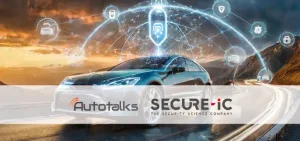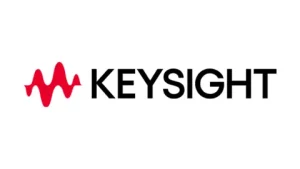
V2X, Lidar, and radar are all vehicular sensors, aimed to detect other road users in order to enhance vehicle safety and automated driving grade. V2X doesn’t compete with any other vehicular sensors. The baseline assumption is that a camera is installed in all new vehicles, and the new sensors, V2X, Lidar, and radar, are added on top of the camera.
Having said that, not all Automotive sensors are equal. V2X has fundamentally different properties than Lidar and radar:
- Only V2X can detect hidden road users. Line-of-sight is no longer a prerequisite for road-user detection. Road users can be detected by V2X even if obstructed by buildings, hills, or other road-users like trucks. A V2X vehicle can enter an intersection without surprises.
- Only V2X can be used by pedestrians and installed in two-wheelers. In some countries, the number of vehicle occupants’ fatalities is lower than non-occupant fatalities. Vulnerable-Road-Users (VRUs) can install V2X to be included in the V2X safety network, while other sensors are struggling to properly identify them.
- Only V2X scales from commercial vehicles to high-end automated vehicles. The cost of high-end sensors, namely Lidar and high-resolution radars, limits those to expensive highly-automated vehicles.
- Only V2X detects all surrounding road users with a single sensor. Other sensors have a limited angle, requiring multiple sensors to cover the entire car.
- Only V2X exhibits extra-long-range detection. V2X can detect vehicles over 1km away on a highway, and over 400 meters in a city. A vehicle driving at 80km/h requires a 200m stopping distance on an icy road, which is roughly the range of other sensors. Only V2X can prevent horrible pile-up accidents.
- Only V2X has absolute knowledge of road-users without any post-processing or misdetections. Each V2X road user broadcasts rich data for deterministic identification. All other sensors, including Lidar and radar, apply complex machine learning algorithms to determine road-user parameters.
- Only V2X indicates future path and intentions. Transmitted V2X parameters, such as heading, wheels angle, acceleration, and brake pedal status, are used to extrapolate the future location of the vehicle.
- Only V2X can share knowledge of objects detected by other vehicles. Next-generation V2X implements “sensor sharing” in order to achieve cooperative perception, greatly enhancing vehicle sensing capabilities. A failed object detection is compensated by information shared by other vehicles, which could have detected the object from other angles.
- Only V2X can be used to negotiate between road users. This will allow vehicles to coordinate their movements. Lane merging can be completed without stress or unnecessary speed decline.
Overall, V2X provides unique value at a minimal cost. The supporting regulatory environment will make V2X part of all new vehicles in the upcoming years.






